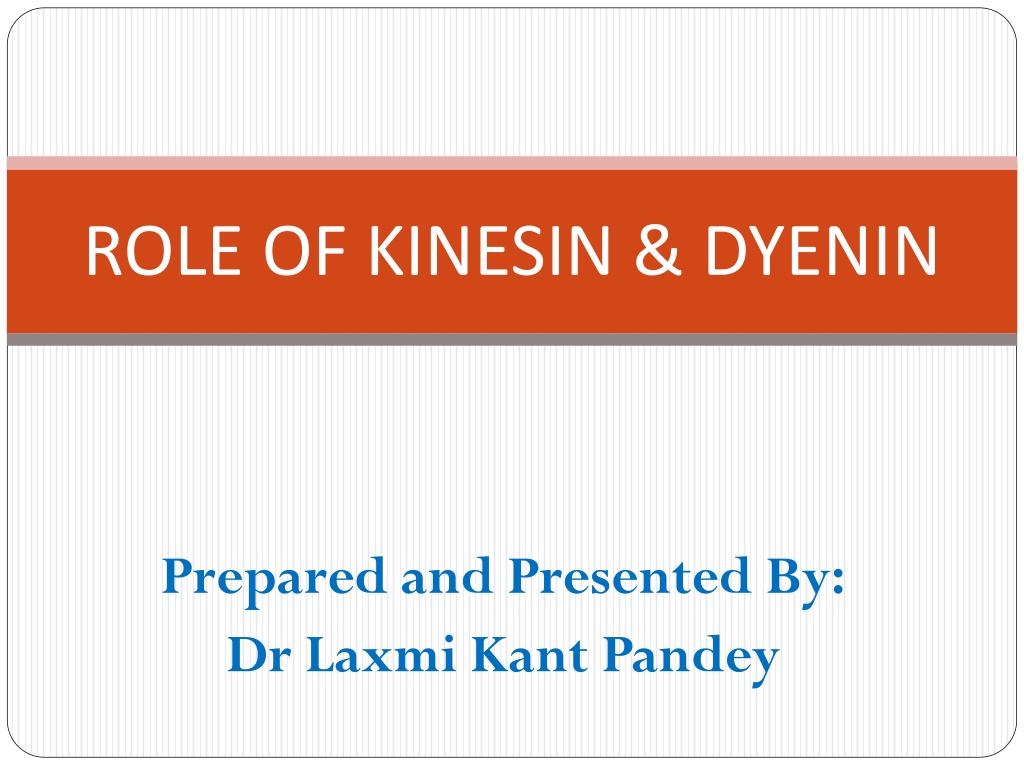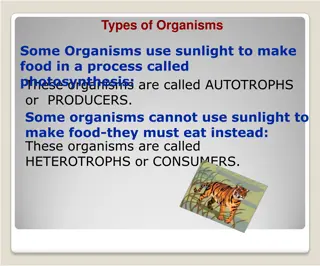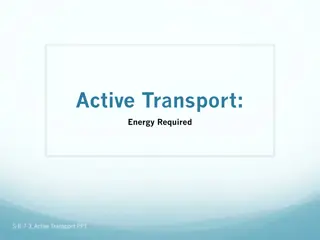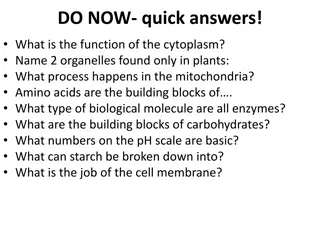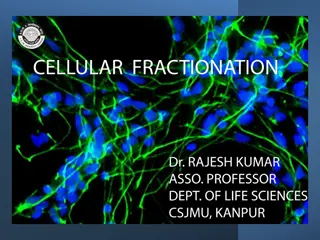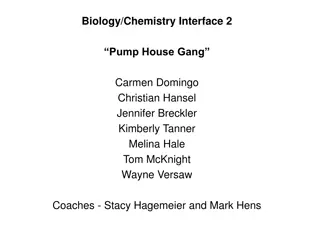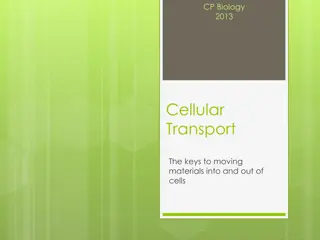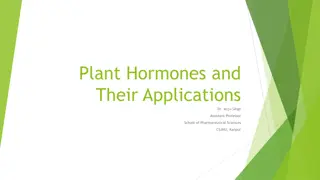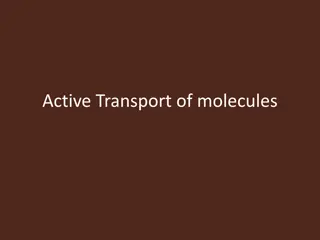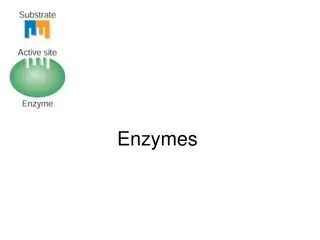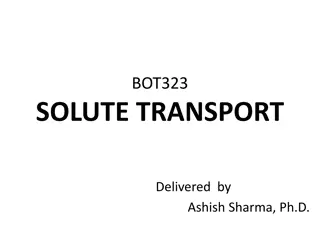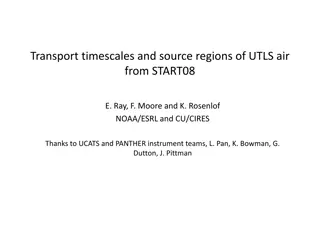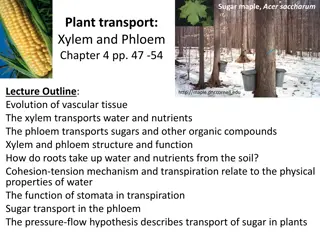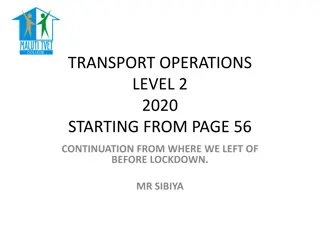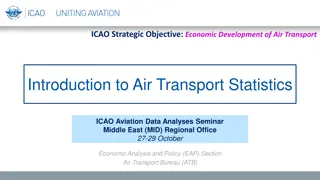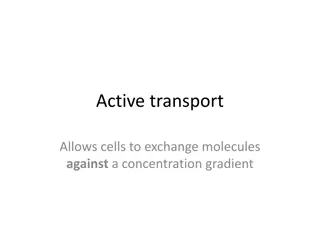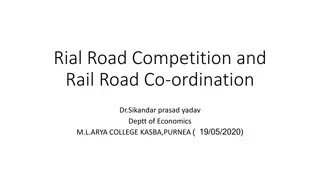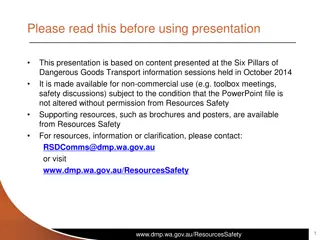Understanding the Roles of Kinesin and Dynein in Cellular Transport
Explore the functions of Kinesin and Dynein, two vital motor proteins involved in intracellular transport. Kinesin drives anterograde movement, while Dynein facilitates retrograde transport along microtubules in cells. Discover the structure, mechanism, and functions of these essential proteins in cell biology.
Download Presentation

Please find below an Image/Link to download the presentation.
The content on the website is provided AS IS for your information and personal use only. It may not be sold, licensed, or shared on other websites without obtaining consent from the author. Download presentation by click this link. If you encounter any issues during the download, it is possible that the publisher has removed the file from their server.
E N D
Presentation Transcript
ROLE OF KINESIN & DYENIN Prepared and Presented By: Dr Laxmi Kant Pandey
Retrograde Movement Anterograde Movement
KINESIN ( KINESIN (Mechanochemical Mechanochemical enzyme) Kinesin is the motor protien. enzyme) So far 14 classes of kinesin protien discovered
Function of Function of Kinesin Kinesin
Mechanism Mechanism KinesinI KinesinI
Kye Kye concepts concepts Kinesin-I is a microtubule (+) end directed ATP- dependent motor that transports membrane-bound organells. Kinesin consists of two heavy chains, each with an N-terminal motor domain, and two light chains that associate with cargo. Kinesin superfamily includes motors that function in inetrphase and mitotic cells, transporting organelles and sliding antiparallel microtubules. The super family includes one class, Kinesis-13, that is not motile but destabilizes microtubule ends. Kinesin-I is a highly processive motor because it co ordinates ATP hydrolysis between its two heads so that one head is always firmly bound to a microtubule.
DYENIN Dynein is a motor protein in cells. Dynein transports various cellular cargo by "walking" along cytoskeletal microtubules towards the minus-end of the microtubule. This form of transport is known as retrograde transport.
Classification Classification Dyneins can be divided into two groups 1. Cytoplasmic dyneins and 2. Axonemal dyneins
References References Molecular Cell Biology by Harvey Lodish (Massachusetts Institute of Technology). Student Companion for Molecular Cell Biology (3rd edition) by David Rintoul (Kansas State University).
